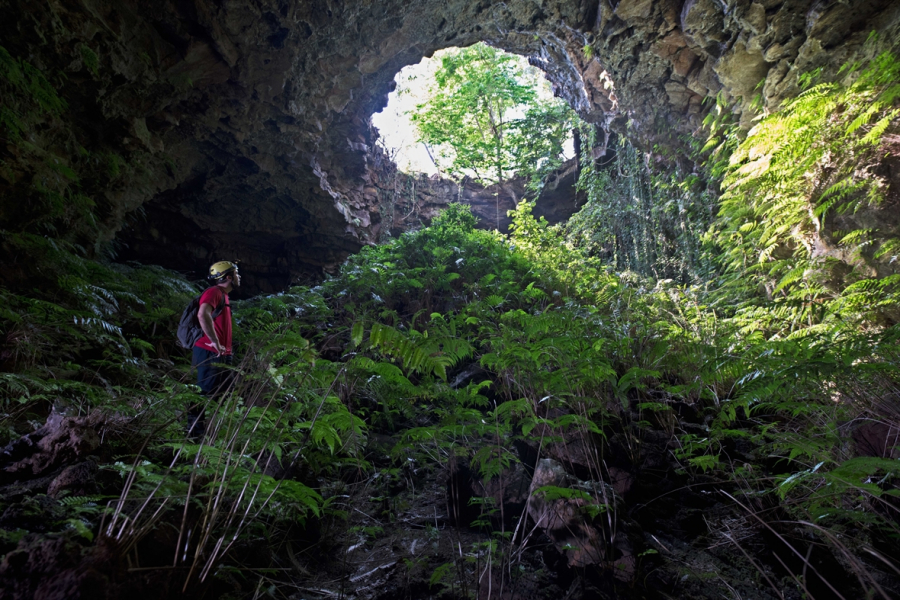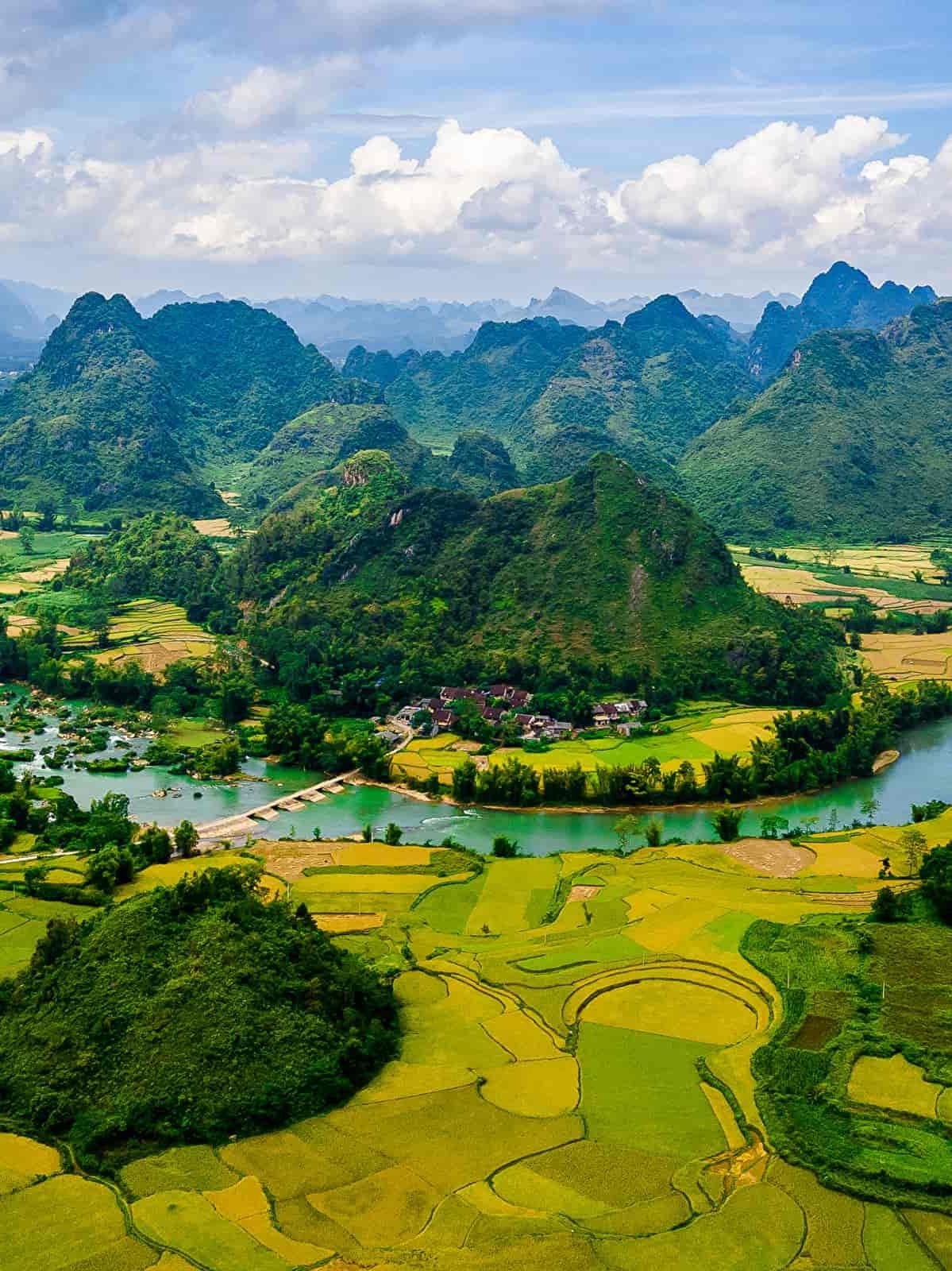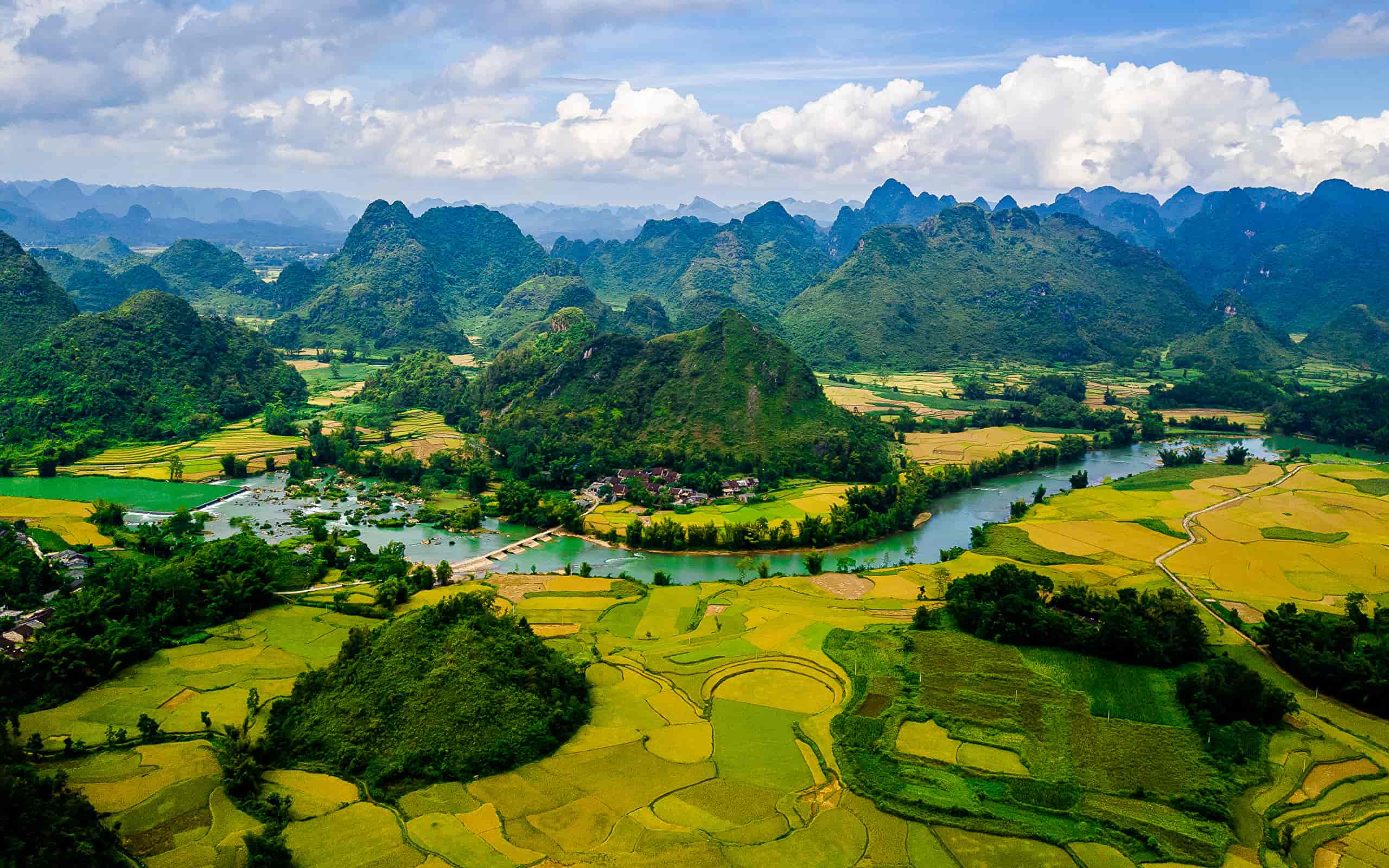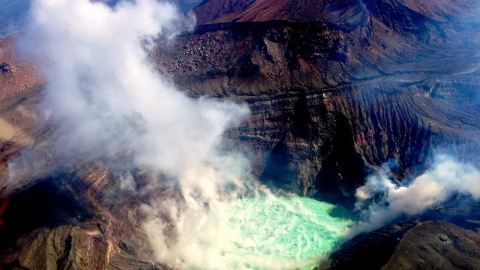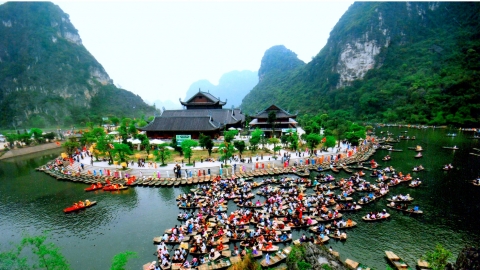DONG VAN PLATEAU GLOBAL GEOPARK, HA GIANG PROVINCE
In 2010, Dong Van Karst Plateau was officially recognized as a Global Geopark by the UNESCO Global Geoparks Network (GGN) Advisory Council. According to GGN, Dong Van Karst Plateau is one of the special limestone areas, containing typical imprints of the history of the Earth's crust development, natural phenomena, unique landscapes, high biodiversity and long-standing cultural traditions of the indigenous community.

Dong Van Stone Plateau seen from above
Located at an average altitude of 1,000 - 1,600 m above sea level, Dong Van Stone Plateau spreads across 4 districts of Quan Ba, Yen Minh, Meo Vac and Dong Van of Ha Giang province. Due to geological diversity and climate change, the karst evolution process has created very rich "stone gardens" and "stone forests" such as: Khau Vai Stone Garden (Meo Vac) with stone peaks shaped like flowers, flower buds, and flower branches of various shapes; Lung Pu Stone Garden (Meo Vac) with stone peaks, rock blocks, and stone towers shaped like coiled dragons, sitting tigers, etc.; Van Chai Stone Garden (Dong Van) with smooth round stone slabs stacked on top of each other. However, the most common mountain ranges are the pyramid-shaped mountains with sharp peaks and steep slopes that continue to soar high, giving Dong Van Stone Plateau a majestic majesty.
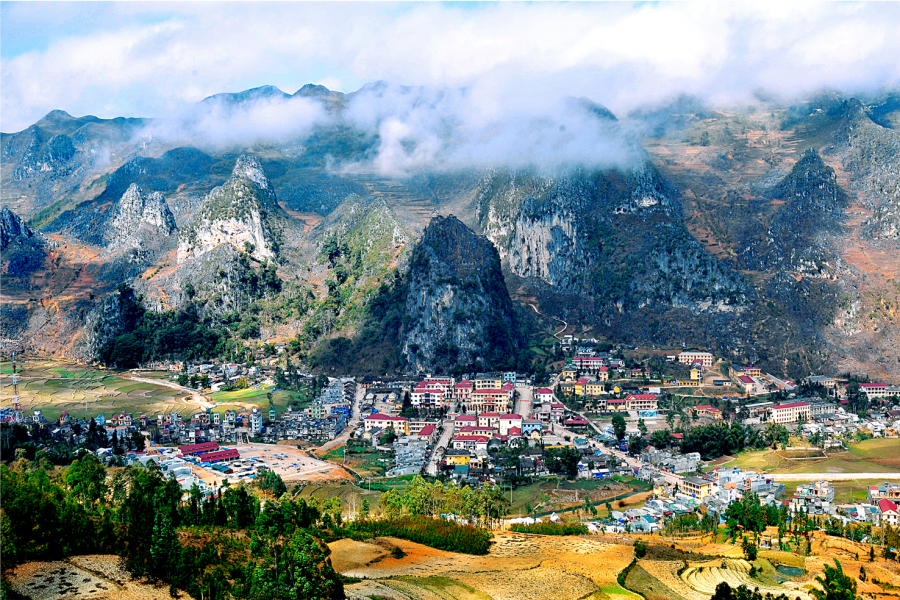
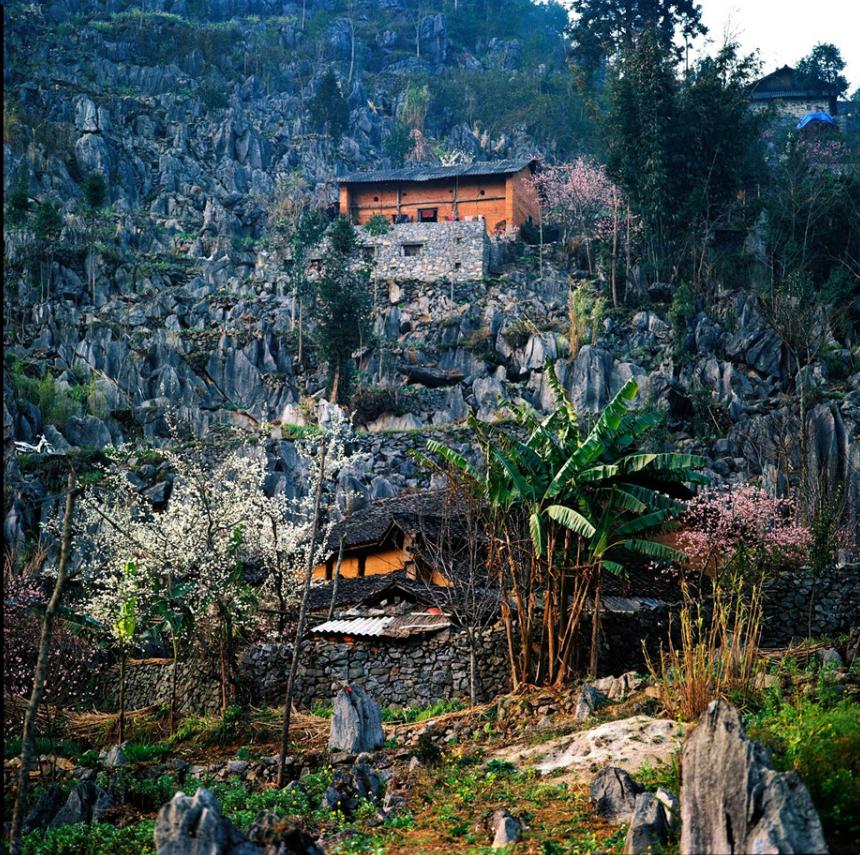
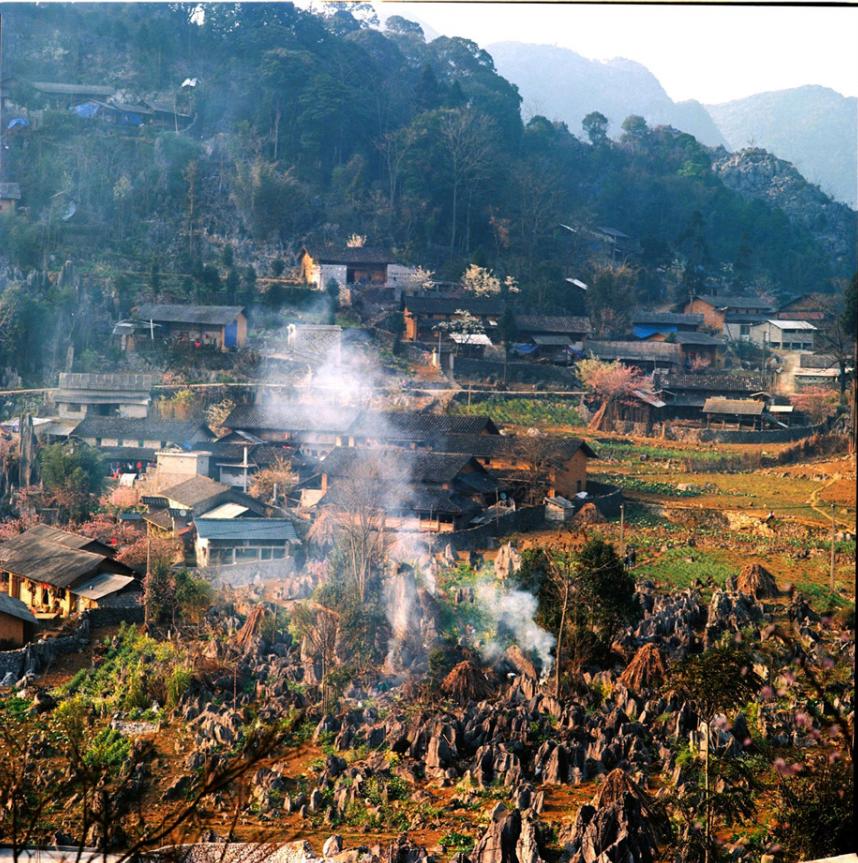
In addition to the geological, geomorphological, and landscape values, Dong Van Stone Plateau also contains the traditional cultural values of the community of 17 ethnic minorities such as Mong, Dao, Lo Lo, Tay, Nung, etc. The people of Dong Van highlands live in harmony with the rocks: clearing rocks to build houses, to have land for cultivation; carving rocks to find fresh water... Rocks are built into fences surrounding villages, rocks retain water, retain land to have terraced fields, rocks are built into forests and ramparts to protect the country's borders.
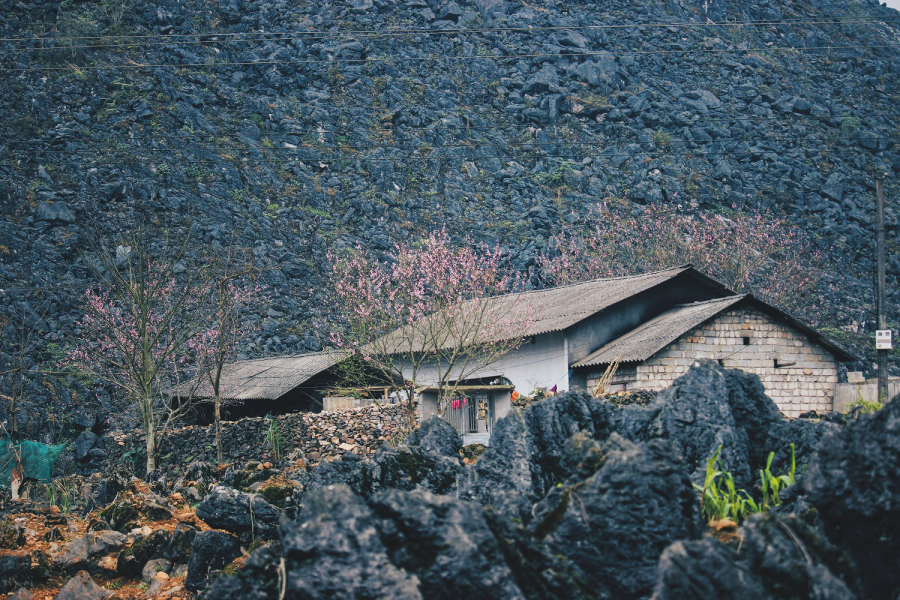
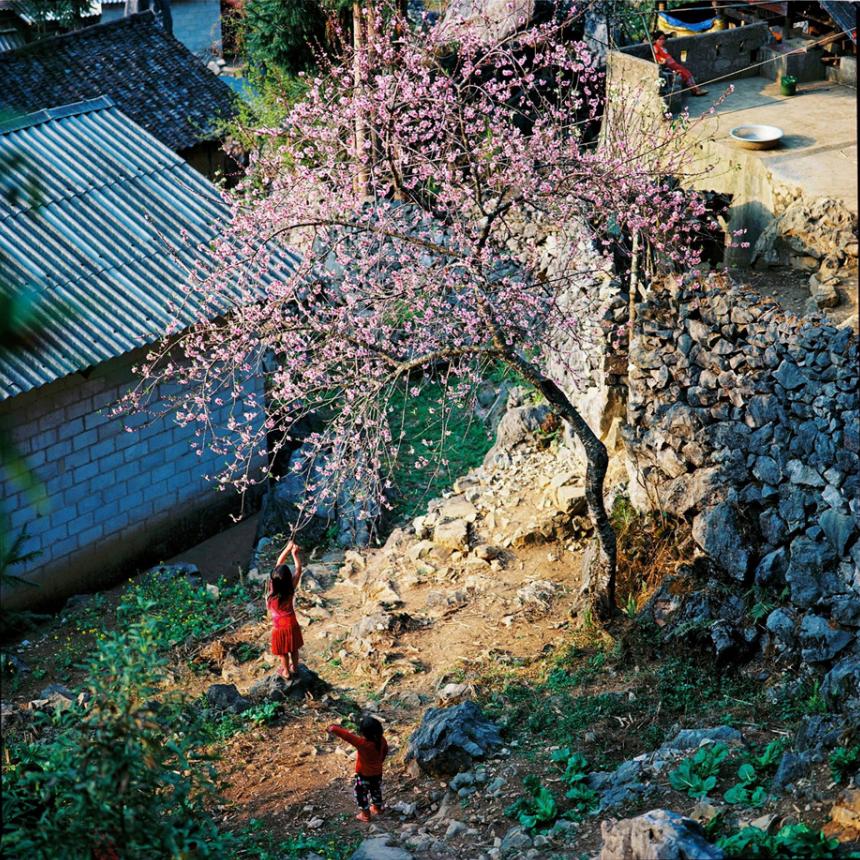
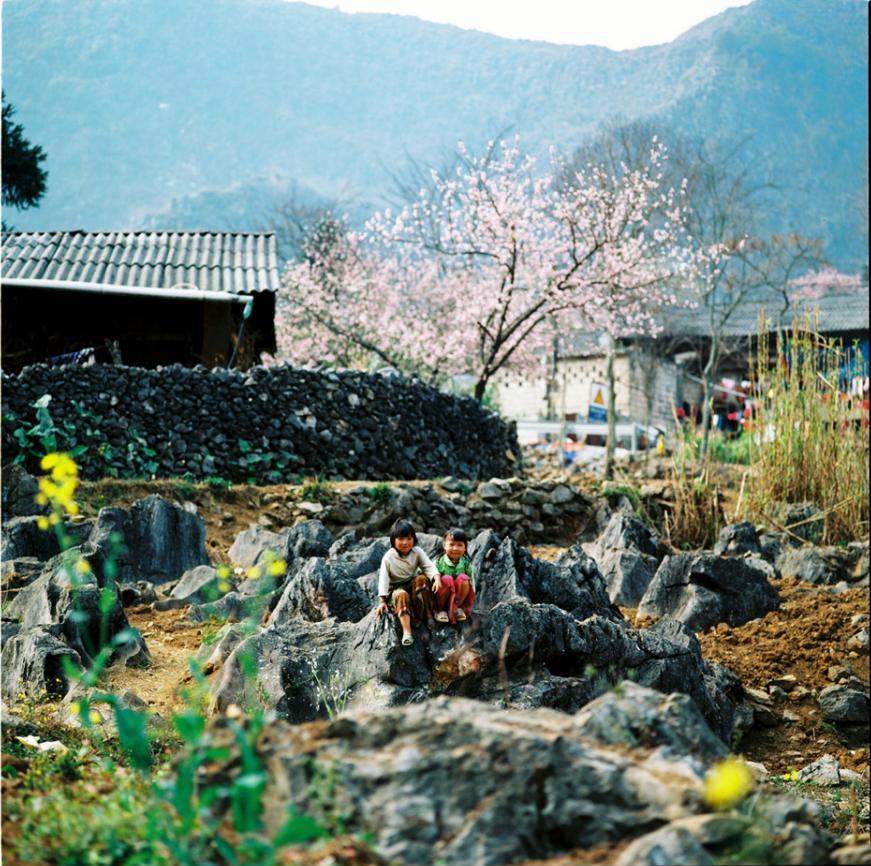
NON NUOC CAO BANG GLOBAL GEOPARK, CAO BANG PROVINCE
Non Nuoc Cao Bang Geopark was officially recognized as a Global Geopark by USNESCO in April 2018 and became the second Global Geopark in Vietnam. This is a rare land in Vietnam where visitors can learn about the history of the Earth through traces. Fossils, marine sediments, volcanic rocks, minerals..., especially limestone landscapes are wonderful evidence of the evolution and change of the Earth.

Cao Bang mountains and rivers
To date, scientists have discovered, evaluated and proposed to rank over 130 unique geological heritage sites with rich and diverse limestone terrains and landscapes such as stone towers, cones, valleys, caves, river systems, underground caves, etc. reflecting a complete karst evolutionary cycle in the tropical region of Northern Vietnam. In addition, many other types of geological heritage such as paleontological fossils, boundaries between geological units, faults, and types of minerals have formed in this land.
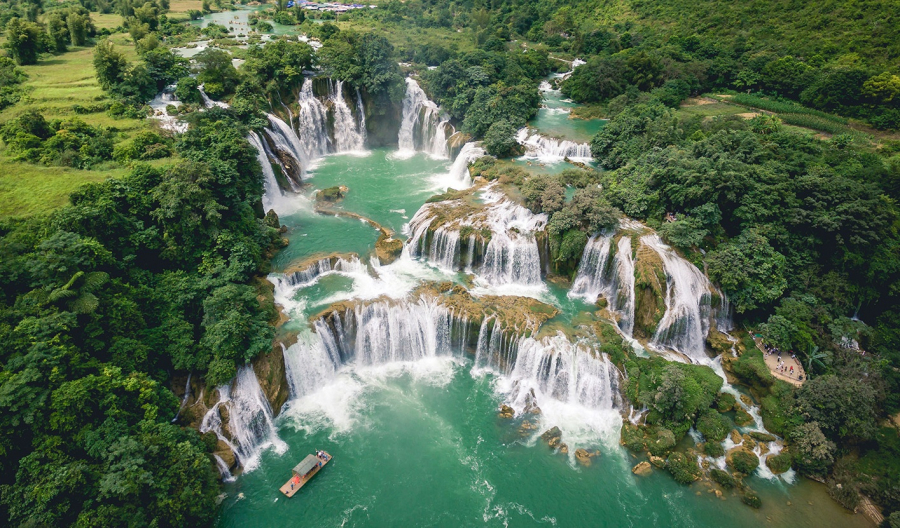
Ban Gioc Waterfall
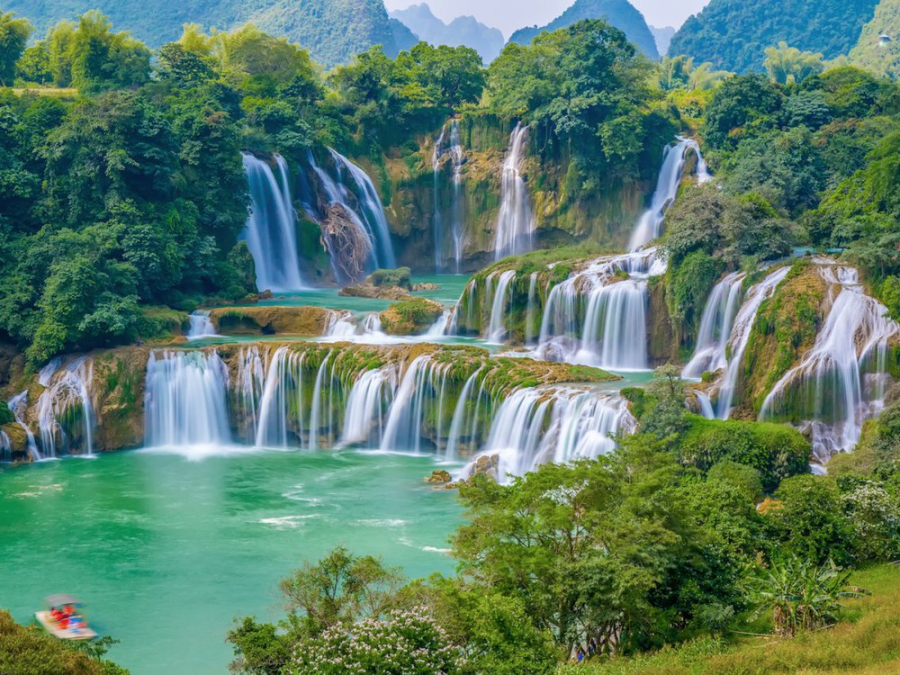
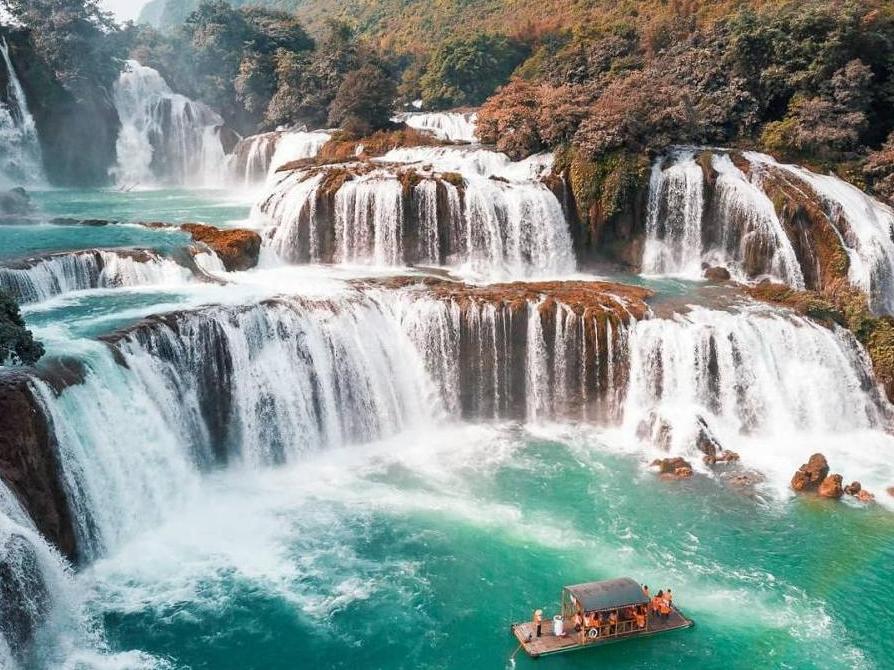
This land also has a rich culture and history with more than 215 ranked cultural and historical relics, including 3 special national relics, namely: Pac Bo Special National Relic Site - where President Ho Chi Minh returned to the country in 1941 to lead the Vietnamese revolutionary movement after more than 30 years of wandering abroad; Tran Hung Dao Forest Special National Relic Site - where in 1944 General Vo Nguyen Giap established the Vietnam Propaganda Liberation Army, the predecessor of today's Vietnam People's Army; Special National Relic Site of the 1950 Border Victory Site. Along with many famous domestic and international scenic spots such as Pac Bo Cave, Lenin Stream, Ban Gioc Waterfall, Nguom Ngao Cave, Thang Hen Lake, Phia Oac - Phia Den National Park...
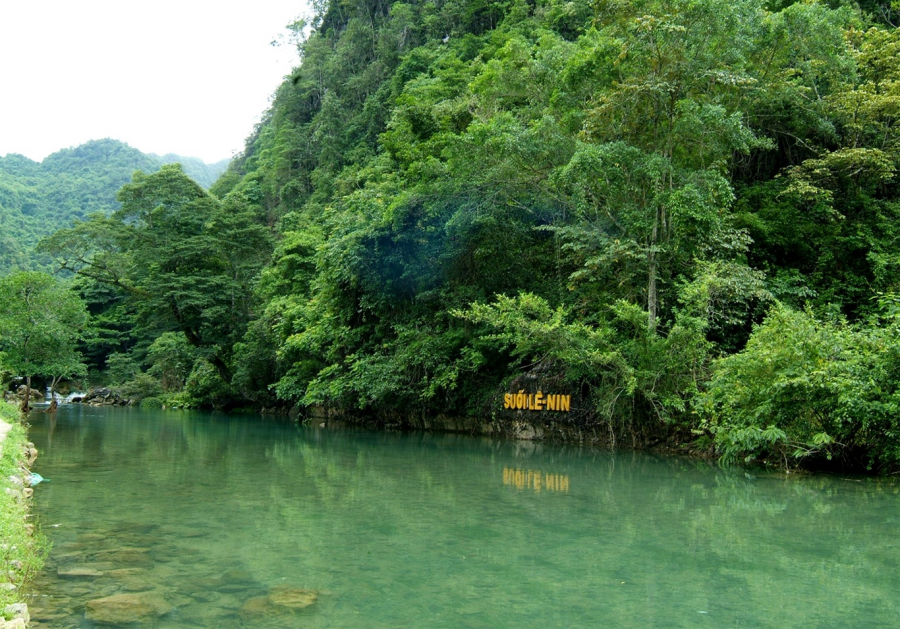
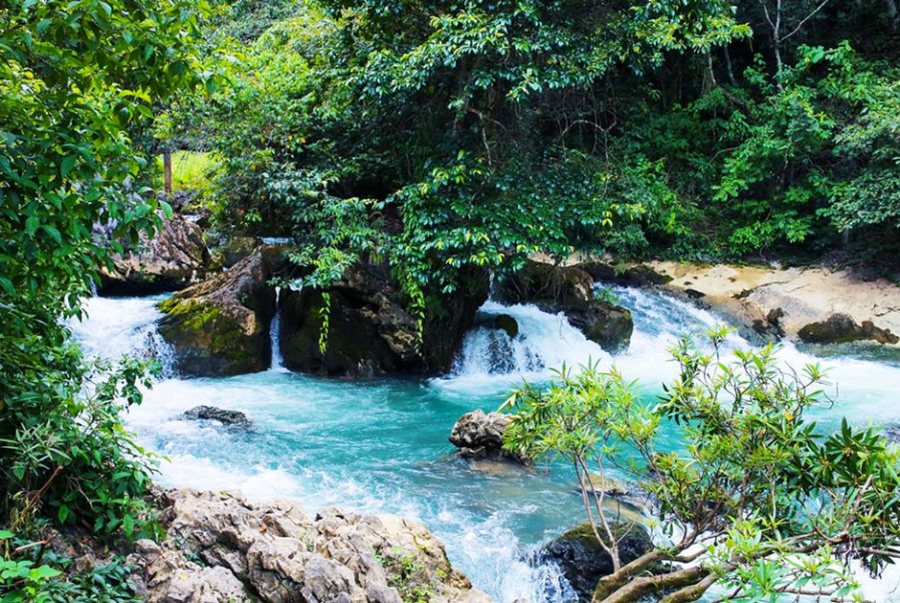
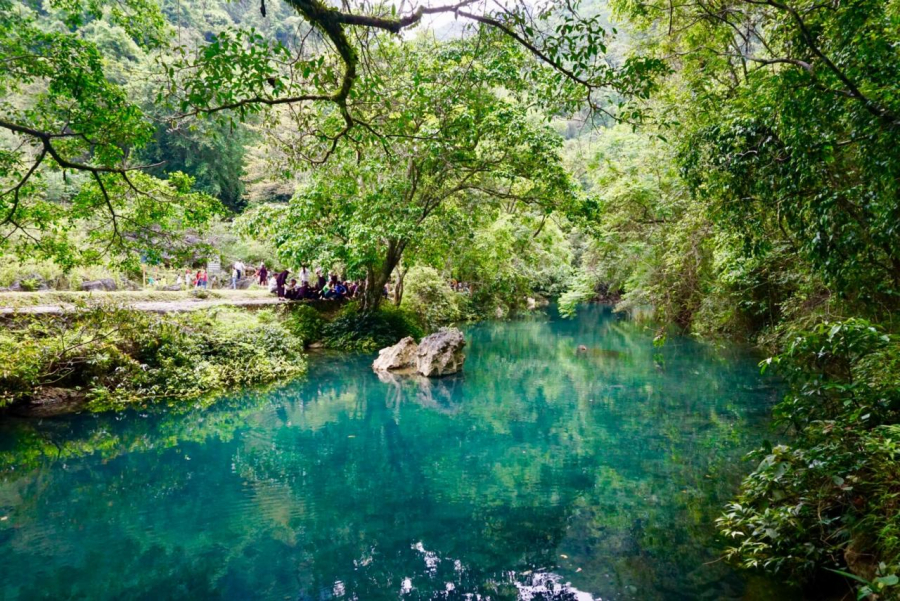
DAK NONG GLOBAL GEOPARK, Dak Nong province
On July 7, UNESCO approved the decision to recognize Dak Nong Geopark as a Global Geopark. Part of the poetic and majestic M'Nong plateau, Dak Nong Geopark is a convergence of typical values of geology, geomorphology, archaeology, culture and biodiversity typical of the region.
Spread over an area of 4,760 km2, including the districts of Krong No, Cu Jut, Dak Mil, Dak Song, Dak G'long and Gia Nghia town, Dak Nong Geopark has about 65 geological and geomorphological heritage sites, including a system of nearly 50 caves with a total length of more than 10,000 m, volcanic craters, and waterfalls.

Ta Nung National Park belongs to Dak Nong Geopark
The history of this land dates back 140 million years ago, when it was still part of a vast ocean with traces found such as sedimentary rocks, ammonite fossils and other fossils. Tectonic movements of the earth's crust have caused this area to be raised and volcanoes to appear. Volcanic eruptions have covered half of this area with basalt lava layers and created a unique and massive system of caves and volcanoes in Southeast Asia. In particular, traces of prehistoric human habitation from about 10,000 years ago have been discovered.

Lieng Nung Waterfall

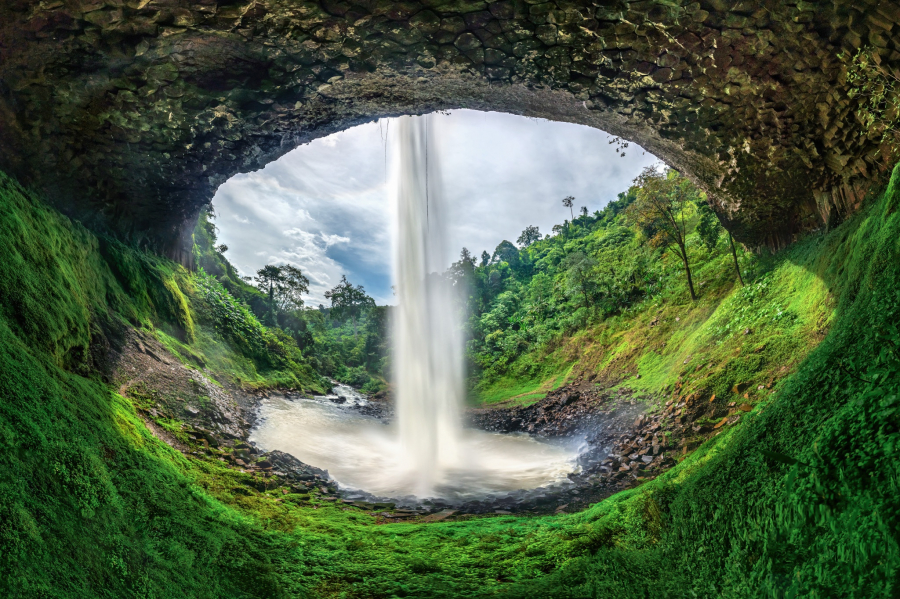
What adds value to Dak Nong Geopark is that it is located in the middle of a land with a rich cultural history with tangible and intangible cultural values such as: Central Highlands Gong Culture Space, Ot N'drong Epic, Nam Nung Nature Reserve, Ta Dung National Park, Dray Sap, Trinh Nu, Gia Long waterfall clusters and Yok Don National Park (Dak Lak).

